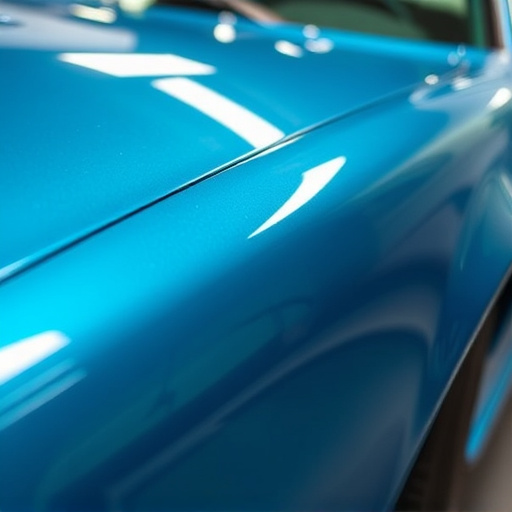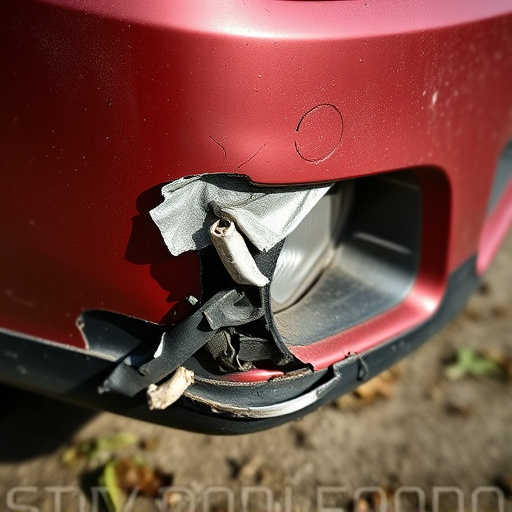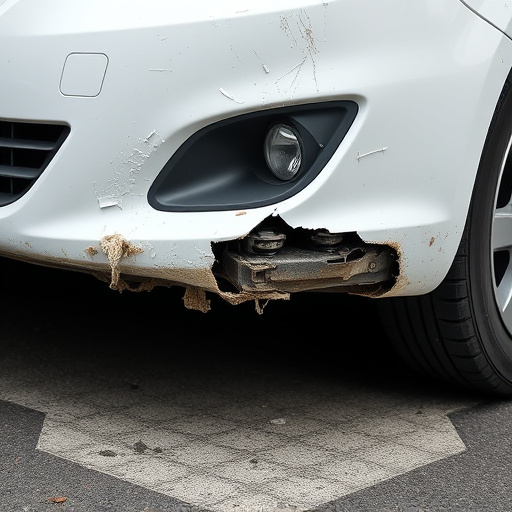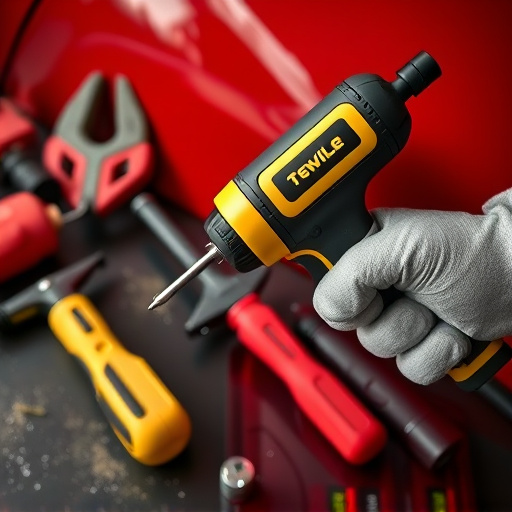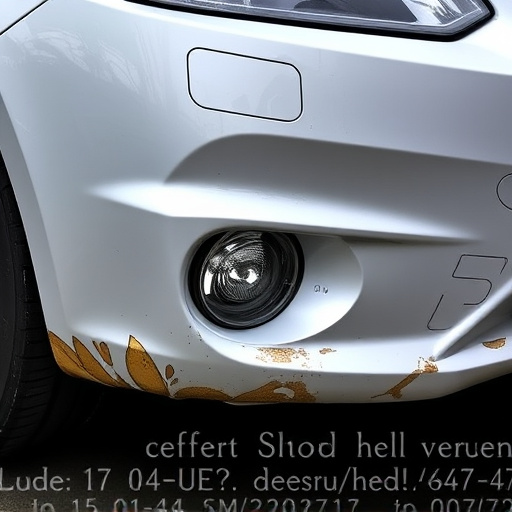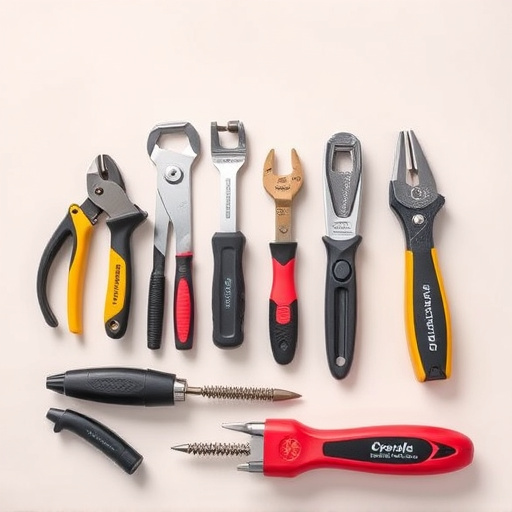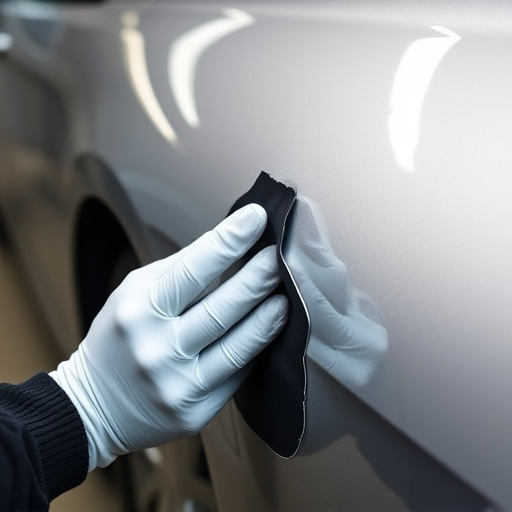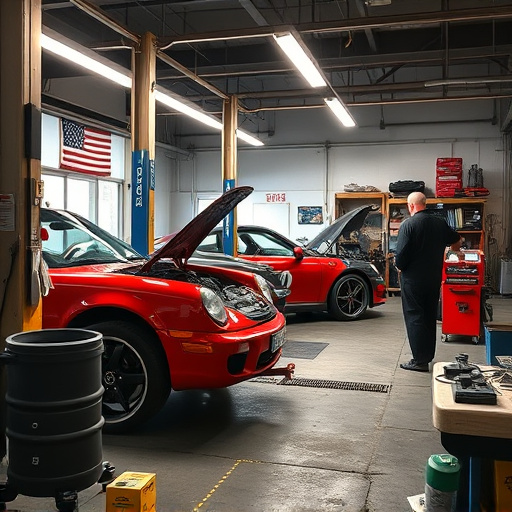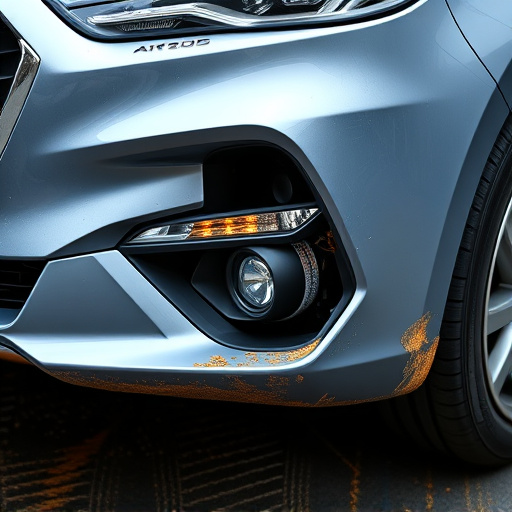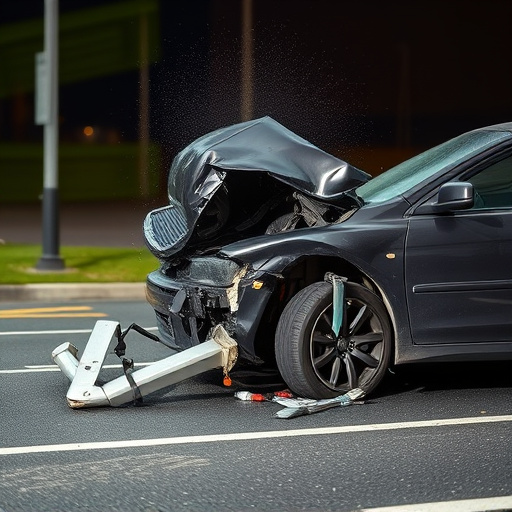In the digital age, collision center warranties must evolve to meet consumer expectations of convenience, transparency, and value for money. Digital tools, real-time updates, transparent pricing, and easy claim management enhance customer satisfaction. Technological innovations like digitalization, automation, advanced diagnostic tools, and classic car restoration techniques revolutionize auto repair processes. As autonomous driving and electric vehicles gain popularity, warranty policies need to adapt with comprehensive coverage for diverse vehicle damage scenarios and new materials. Remote work trends open doors to innovative solutions like online claims and virtual consultations.
In today’s dynamic market, understanding shifting consumer expectations is crucial for the future of collision center warranty. With technological advancements revolutionizing the automotive industry, traditional warranty models are being challenged. This article explores these evolving trends, focusing on how emerging tech shapes collision center policies. We delve into changing customer preferences, from instant digital validation to transparent pricing, and discuss strategies for providers to adapt and thrive in this new landscape.
- Understanding Changing Consumer Expectations
- Technological Advancements and Their Impact
- Shaping the Future of Collision Center Warranty Policies
Understanding Changing Consumer Expectations

In today’s digital age, consumers are increasingly expecting convenience, transparency, and value for money in all their services, including auto repair near me. The traditional collision center warranty is no longer just about offering basic coverage; it must adapt to meet these evolving expectations. Consumers now seek seamless experiences, quick turnaround times, and detailed information about the processes and materials used in automotive repair services, especially when it comes to complex procedures like auto painting.
This shift in consumer behavior demands a corresponding evolution in collision center warranty practices. Instead of focusing solely on the mechanics of coverage, providers should emphasize communication, accessibility, and the quality of their work. By integrating digital tools that offer real-time updates, transparent pricing, and easy claim management, collision centers can enhance customer satisfaction. Moreover, staying current with emerging trends in auto painting techniques and materials ensures that warranties remain relevant and comprehensive, addressing both functional and aesthetic aspects of automotive repair services.
Technological Advancements and Their Impact

The future of collision center warranty is undergoing a significant transformation, driven by technological advancements that are reshaping the entire automotive industry. Digitalization and automation are no longer trends but essential components in modern car repair shops and automotive collision repair centers. These innovations not only enhance efficiency but also improve accuracy, reducing the time and cost associated with repairs. For instance, advanced diagnostic tools enable technicians to pinpoint issues more swiftly, leading to quicker turnaround times and enhanced customer satisfaction.
Furthermore, the integration of classic car restoration techniques into the digital age presents exciting opportunities. As consumers continue to appreciate the allure of vintage vehicles, collision centers are adapting by offering specialized services for these cherished classics. This blend of traditional craftsmanship and modern technology ensures that even the most intricate classic car restoration projects can be executed with precision and care, preserving these automotive treasures for future generations.
Shaping the Future of Collision Center Warranty Policies

The future of collision center warranty policies is being reshaped by the dynamic nature of the automotive industry and evolving customer expectations. As new technologies like autonomous driving and electric vehicles gain traction, traditional collision repair processes are undergoing significant transformations. Warranty providers and collision centers alike must adapt to these changes, focusing on comprehensive coverage that caters to a broader range of potential car damage repair scenarios. This involves updating policies to include advancements in vehicle design, such as complex composite materials and sophisticated safety systems, ensuring that repairs maintain original equipment manufacturer (OEM) standards.
Additionally, the rise of remote work and digital platforms presents opportunities for innovative warranty solutions. Online claims processing, virtual consultations, and tele-repair guidance can enhance accessibility and efficiency. In light of these developments, collision center warranty policies must evolve to offer flexible, tech-driven options that cater to modern consumers’ needs. Incorporating provisions for hail damage repair, a common concern in certain regions, becomes increasingly vital as weather patterns shift and extreme weather events become more frequent.
As we peer into the future of the automotive industry, it’s clear that the collision center warranty is also undergoing a transformation. By understanding evolving consumer expectations and embracing technological advancements, collision centers can create more robust and flexible warranty policies. This shift will not only enhance customer satisfaction but also solidify these businesses as trusted partners in the ever-changing market. Focusing on innovation and adapting to new trends will be key to ensuring a competitive edge in the realm of collision repair services.


